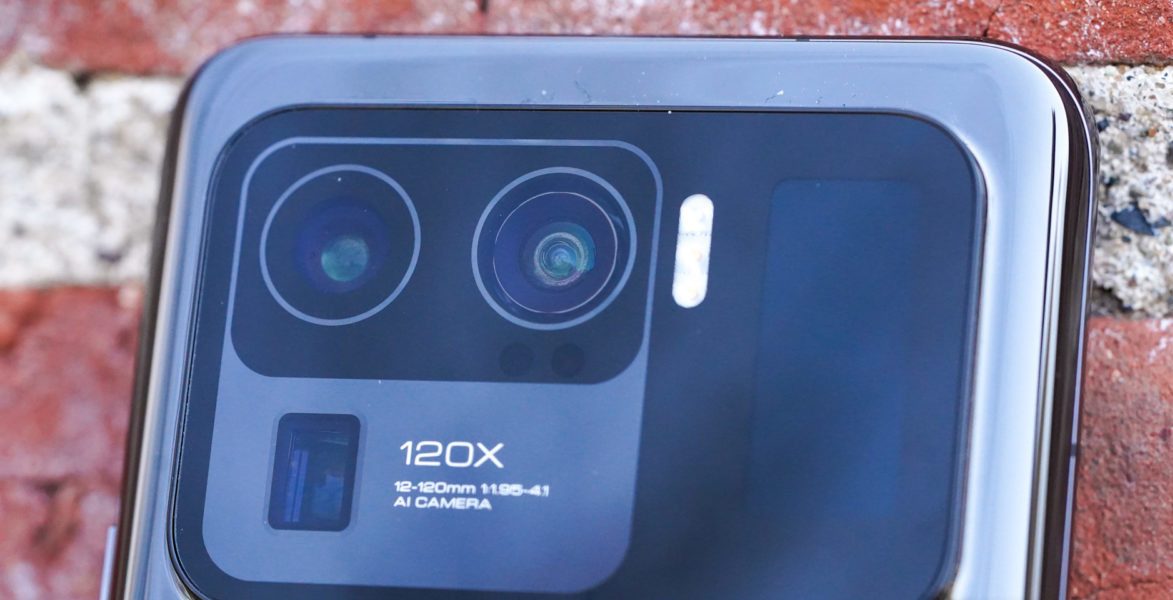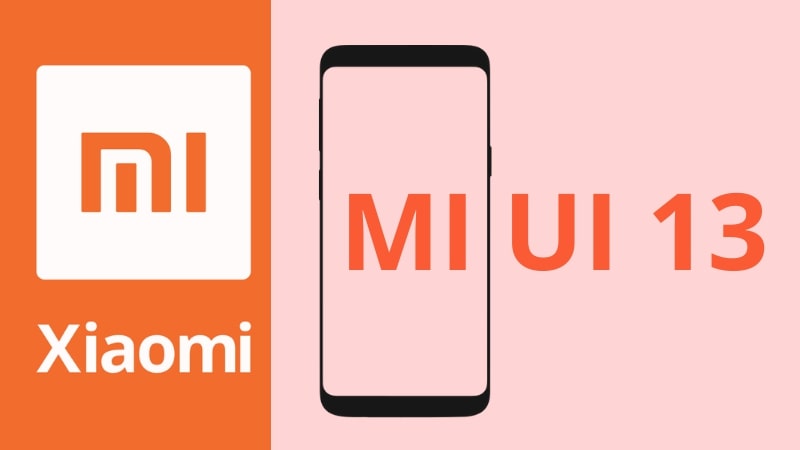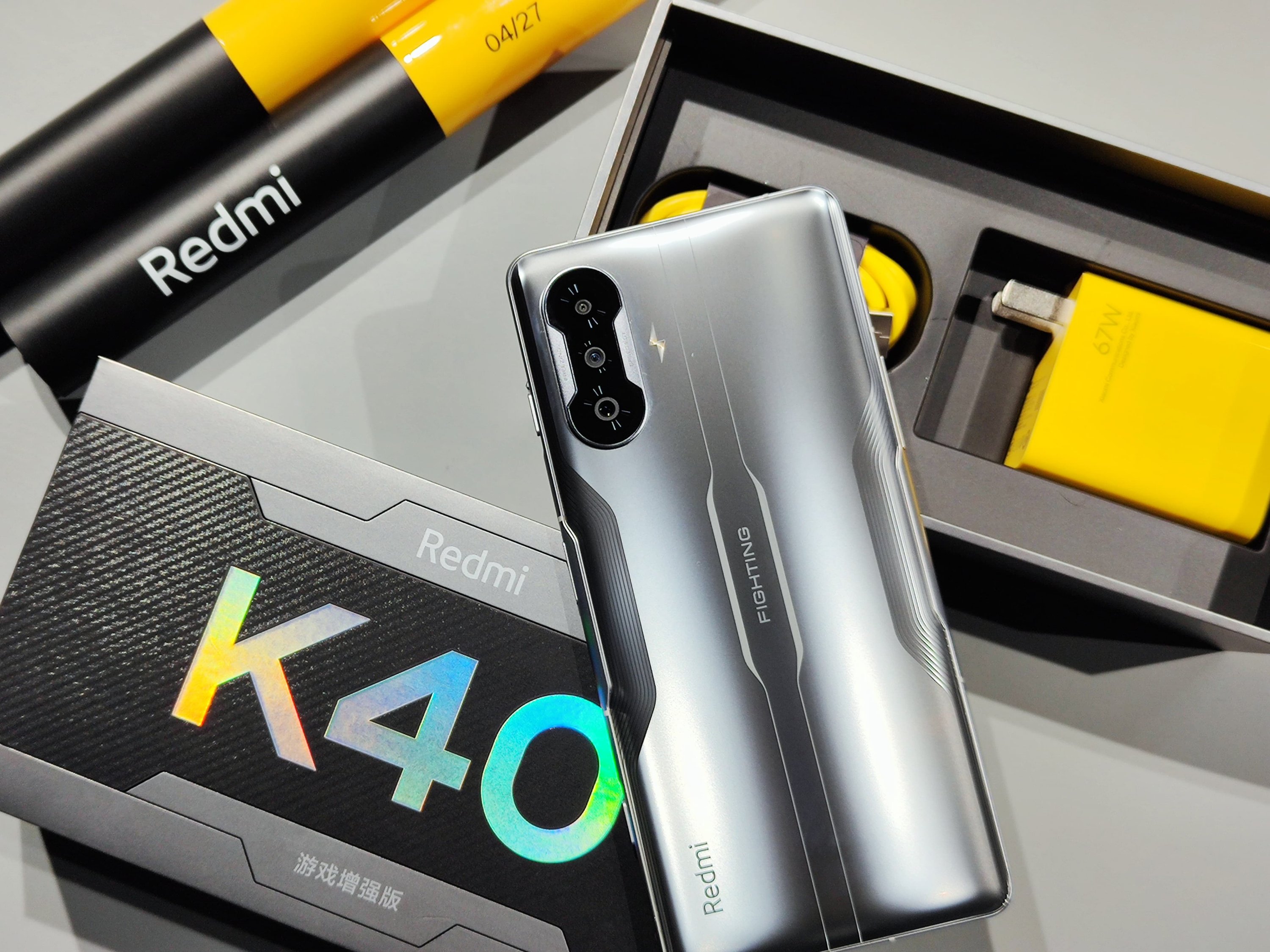The Mi 11 Ultra shares many features with the regular Mi 11 but boasts a significantly upgraded camera experience, a trick selfie preview screen, and better battery tech. It also boasts a whopper of a price increase. The standard Mi 11 is hundreds less at €799 (~$950). On the surface, you’re paying a lot for the revamped camera and some bonus extras. In fact, the Mi 11 Ultra costs about the same as the Samsung Galaxy S 21 Ultra and hundreds more than the OnePlus 9 Pro.
The 6.81-inch AMOLED screen is by default set to Full HD+ resolution and 60 Hz refresh rate. You can opt to improve the resolution to WQHD+ and the refresh rate to 120 Hz. The Mi 11 Ultra allows you to set the display to both the high resolution and high refresh rate settings at the same time. When at the 120 Hz setting, Xiaomi says the refresh rate will vary from 30 Hz to 120 Hz depending on what you’re doing with the phone. At its highest settings, the screen is simply a joy to behold. The WQHD+ resolution means the screen is tack sharp, and the 120 Hz refresh rate results in buttery smooth animations. But it still looks really good at the lower default settings, too.

Qualcomm Snapdragon 888
Adreno 660
X60 modem
12GB LPDDR5 3200MHz RAM
256GB UFS 3.1 storage
Wi-Fi 6E, Bluetooth 5.2

The Mi 11 was among the first wave of devices to ship with the Qualcomm Snapdragon 888 processor. Several months into 2021, there are somewhere north of a dozen models with the high-end chip, including the Mi 11 Ultra.
The performance of the Mi 11 and Mi 11 Ultra should be identical, but that’s not quite the case. The Mi 11 Ultra has 12GB of RAM, where the Mi 11 has 8GB of RAM as standard. In our testing, this extra allotment of memory gave the Mi 11 Ultra the edge when it came to benchmarks, though just barely. The Mi 11 Ultra outscored the Mi 11 on most major benchmarks, but only slightly.
As expected, the Mi 11 Ultra performed well against other Snapdragon 888-powered phones such as the Galaxy S21 Ultra and the OnePlus 9 Pro. The device ran our homemade Speed Test G benchmark in 76 seconds, which was one second more than the Mi 11 was able to run the same test, but several seconds faster than the Galaxy S21 Ultra and OnePlus 9 Pro.
Xiaomi has significantly raised the Mi 11 Ultra’s battery performance when compared to the regular Mi 11. To start, the battery is 400mAh larger at 5000mAh. That helps push the phone from breakfast to bedtime with a larger reserve in the tank at the end of the day. I was less nervous about pushing the phone hard. With careful, measured use you can easily get a day and a half from the battery. This is with the default Full HD+, 60Hz setting applied. Dialing up the resolution and/or the frame rate will impact battery life, but not as much as you might think. Even with the phone set to its highest settings, I could still get an entire day from the phone, even if barely. It outperformed the Mi 11, that’s for sure.

Xiaomi certainly designed an interesting phone in the Mi 11 Ultra, and we give it credit for that. The selfie preview screen, more so than anything else, helps it stand apart from the pack. Are the rest of the phone’s upgrades worth the extra cost? That depends heavily on what you value.
The IP68 rating, the improved battery life, and speedier charging tech are definitely big draws for my money. Then there’s the camera. It absolutely features a more useful and fun set of lenses when compared to the standard Mi 11. If you care about photography, the Mi 11 Ultra is a more compelling device than the Mi 11. But these upgrades come at a price, and that price is mighty high.





